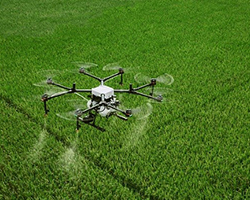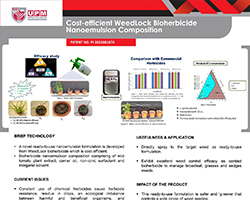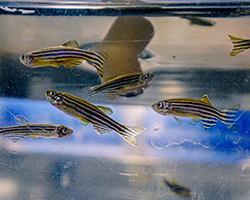Sumber: The Star Online
I REFER to the reports “Oh rats! They’re eating away at our rice” and “Help us please, we are operating at a loss, say padi farmers” (The Star, Aug 1) on the serious infestation of rats in padi fields in Kampung Paya Keladi, Bumbung Lima and Kepala Batas, Penang.
Flooding can trigger massive displacement of rats from the affected areas as they seek dryer ground for food and refuge. The nearby padi field will provide that temporary shelter. The displaced rats will join the resident population, increasing the numbers and invariably the crop damage.
Dealing with such outbreaks calls for long-term and sustainable solutions, of which furnishing nest boxes for the barn owl was mentioned. In fact, the presence of the nest boxes is an indication of the preparedness on the part of the rice farmers and the Integrated Agriculture Development Area (IADA). The barn owl would be the plausible answer in facing rat outbreaks now and in the future.
The density of nest boxes, and a closely monitored natural breeding programme of owls that occupy the boxes, will be critical to the success of this method. A nest box density of one for every 10 ha at 80% occupancy would be sufficient for a sustainable and stable owl population turnover.
A word of caution, however; the application of rodenticide must be judicious – that is the type of rodenticide used should be sufficiently potent on the rats but relatively safe for the owls. In other words, natural propagation of owls in combination with rodenticide must observe the most important principles of integrated pest management and less detrimental on the environment.
The choice of rodenticide is important. Try to avoid the second- generation rodenticide as much as possible. If outbreaks are serious, a single application of the second- generation rodenticide is permissible but subsequent application must switch to the first-generation rodenticide. This will reduce the risk of secondary poisoning to wildlife, including the barn owls.
ASSOCIATE PROF DR HAFIDZI MOHD NOOR
Department of Plant Protection
Faculty of Agriculture
Universiti Putra Malaysia Serdang, Selangor




























